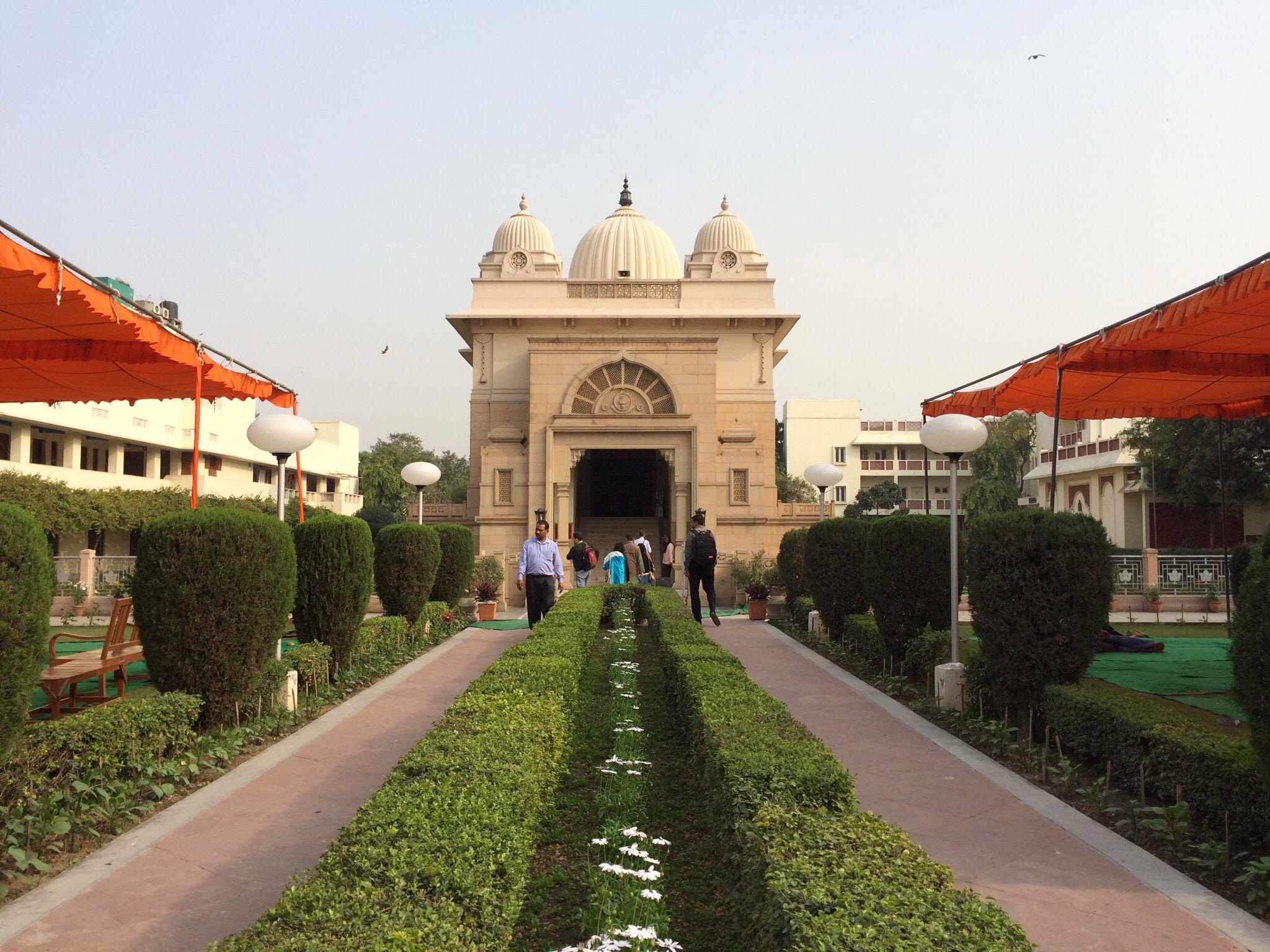Raja-Yoga - 1.4.1: Swami Vivekananda : Chicago 1893.
========================================================================
RK MATH DELHI
========================================================================
Saturday, July 02, 2022. 05:30.
Volume-1. Chapter-4. - Prana-1.
=======================================================================
CHAPTER IV : THE PSYCHIC PRANA
POST-1.
=======================================================================
According to the Yogis, there are two nerve currents in the spinal column, called Pingalâ and Idâ, and a hollow canal called Sushumnâ running through the spinal cord. At the lower end of the hollow canal is what the Yogis call the "Lotus of the Kundalini". They describe it as triangular in form in which, in the symbolical language of the Yogis, there is a power called the Kundalini, coiled up. When that Kundalini awakes, it tries to force a passage through this hollow canal, and as it rises step by step, as it were, layer after layer of the mind becomes open and all the different visions and wonderful powers come to the Yogi. When it reaches the brain, the Yogi is perfectly detached from the body and mind; the soul finds itself free. We know that the spinal cord is composed in a peculiar manner. If we take the figure eight horizontally (¥) there are two parts which are connected in the middle. Suppose you add eight after eight, piled one on top of the other, that will represent the spinal cord. The left is the Ida, the right Pingala, and that hollow canal which runs through the centre of the spinal cord is the Sushumna. Where the spinal cord ends in some of the lumbar vertebrae, a fine fibre issues downwards, and the canal runs up even within that fibre, only much finer. The canal is closed at the lower end, which is situated near what is called the sacral plexus, which, according to modern physiology, is triangular in form. The different plexuses that have their centres in the spinal canal can very well stand for the different "lotuses" of the Yogi.
The Yogi conceives of several centres, beginning with the Mulâdhâra, the basic, and ending with the Sahasrâra, the thousand-petalled Lotus in the brain. So, if we take these different plexuses as representing these lotuses, the idea of the Yogi can be understood very easily in the language of modern physiology. We know there are two sorts of actions in these nerve currents, one afferent, the other efferent; one sensory and the other motor; one centripetal, and the other centrifugal. One carries the sensations to the brain, and the other from the brain to the outer body. These vibrations are all connected with the brain in the long run. Several other facts we have to remember, in order to clear the way for the explanation which is to come. This spinal cord, at the brain, ends in a sort of bulb, in the medulla, which is not attached to the brain, but floats in a fluid in the brain, so that if there be a blow on the head the force of that blow will be dissipated in the fluid, and will not hurt the bulb. This is an important fact to remember. Secondly, we have also to know that, of all the centres, we have particularly to remember three, the Muladhara (the basic), the Sahasrara (the thousand-petalled lotus of the brain) and the Manipura (the lotus of the navel).
Next we shall take one fact from physics. We all hear of electricity and various other forces connected with it. What electricity is no one knows, but so far as it is known, it is a sort of motion. There are various other motions in the universe; what is the difference between them and electricity? Suppose this table moves — that the molecules which compose this table are moving in different directions; if they are all made to move in the same direction, it will be through electricity. Electric motion makes the molecules of a body move in the same direction. If all the air molecules in a room are made to move in the same direction, it will make a gigantic battery of electricity of the room. Another point from physiology we must remember, that the centre which regulates the respiratory system, the breathing system, has a sort of controlling action over the system of nerve currents.
Now we shall see why breathing is practised. In the first place, from rhythmical breathing comes a tendency of all the molecules in the body to move in the same direction. When mind changes into will, the nerve currents change into a motion similar to electricity, because the nerves have been proved to show polarity under the action of electric currents. This shows that when the will is transformed into the nerve currents, it is changed into something like electricity. When all the motions of the body have become perfectly rhythmical, the body has, as it were, become a gigantic battery of will. This tremendous will is exactly what the Yogi wants. This is, therefore, a physiological explanation of the breathing exercise. It tends to bring a rhythmic action in the body, and helps us, through the respiratory centre, to control the other centres. The aim of Prânâyâma here is to rouse the coiled-up power in the Muladhara, called the Kundalini.
*****
To be continued ......
========================================================================









Comments
Post a Comment